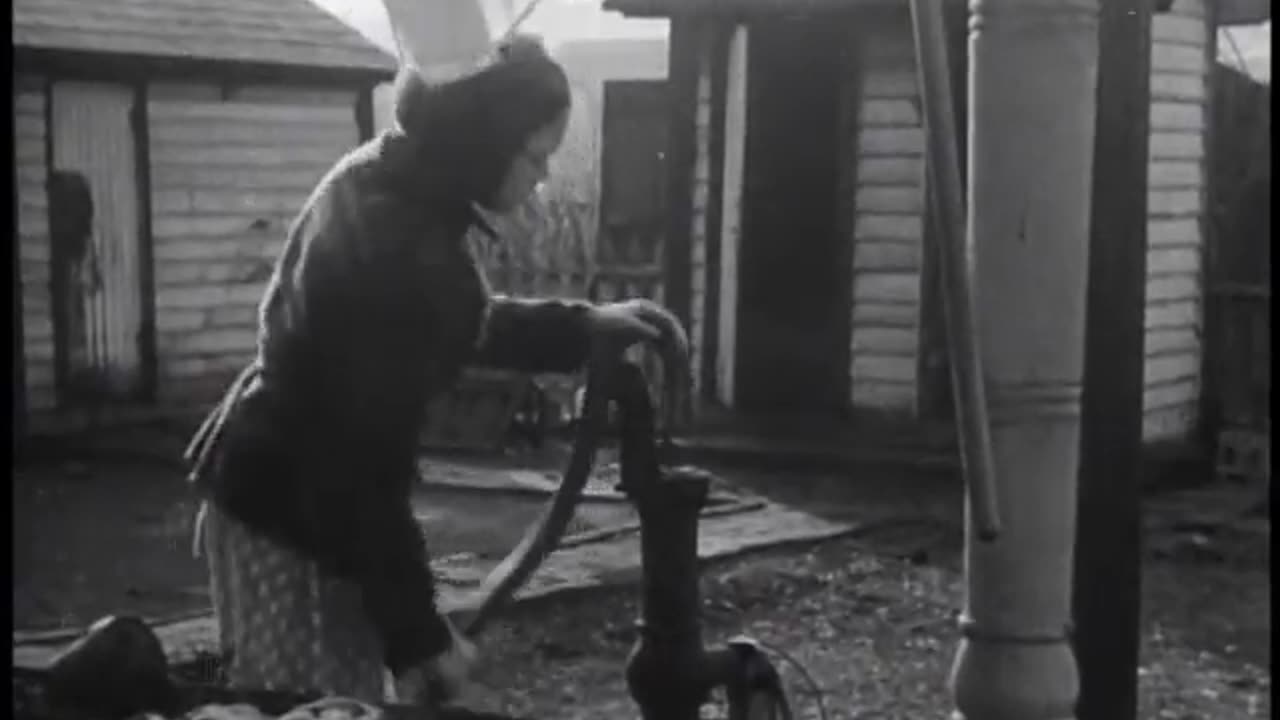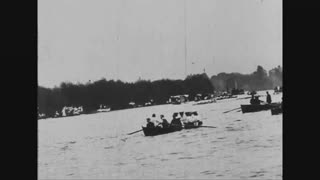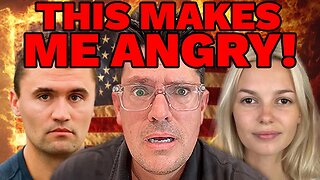Premium Only Content

The City (1939)
"The City" is a groundbreaking 43-minute documentary from 1939 that offers a profound commentary on urban life in America during the transition from rural to industrialized living. Directed by Ralph Steiner and Willard Van Dyke, with a script by Lewis Mumford, the film is structured in three main segments:
Pre-Industrial America: The documentary begins with idyllic scenes of small-town life in the United States, showcasing a simpler, more community-oriented existence where life moves at a slower pace, emphasizing harmony with nature and close-knit family structures.
The Modern City: The narrative then shifts to the hustle and bustle of the industrialized, commercial city. This segment vividly portrays the chaos, pollution, and overcrowding of urban environments, highlighting the detrimental effects on family dynamics, child-rearing, and individual well-being. The film critiques the loss of community, the stress of urban living, and the degradation of the environment due to unchecked industrial growth.
The New City: In response to these issues, "The City" proposes a vision of a return to simplicity through the depiction of Greenbelt, Maryland, a New Deal project. This "new city" is designed with the intention of fostering a healthier, more balanced lifestyle, where urban planning prioritizes green spaces, community, and the well-being of families. It serves as an example of how urban development could be reimagined to support human values and environmental sustainability.
With its innovative use of montage, music by Aaron Copland, and a compelling narrative, "The City" not only documents a pivotal moment in American urban history but also advocates for a thoughtful reconsideration of how cities should grow and function, emphasizing the importance of community, family, and nature in urban design.
-
 10:34
10:34
Archival Moments
4 months agoSports
671 -
 11:34
11:34
The Kevin Trudeau Show Limitless
2 days agoClassified File 4 | The Hidden Science of Brain Control REVEALED!
50.9K13 -
 2:17:41
2:17:41
Side Scrollers Podcast
22 hours agoCharlie Kirk’s Assassin in Custody + Asmongold Declares War + More | Side Scrollers
35.5K86 -
 33:32
33:32
ZeeeMedia
1 day agoKidnapping Cover-Up, Unvaxxed Kids Healthier, EU's New World War | Daily Pulse Ep 105
29.7K28 -
 11:04
11:04
Nate The Lawyer
3 days ago $9.77 earnedJudge, Mayor & 13 Democrats Arrested In Massive Mail-In Voter Fraud Scandal
33.4K41 -
 50:15
50:15
daniellesmithab
1 day agoKick-Starting Careers for Young Albertans
24.7K1 -
 39:01
39:01
Stephen Gardner
18 hours ago🔥This Will Leave You FURIOUS... What’s Really Going On?
87.6K149 -
 19:33
19:33
DeVory Darkins
20 hours ago $14.57 earnedBREAKING: Charlie Kirk's shooter in custody after making chilling confession
52.4K166 -
 2:12:43
2:12:43
TimcastIRL
14 hours agoErika Kirk Addresses Public After Charlie Kirk Assassination, Live Coverage | Timcast IRL
447K450 -
 30:59
30:59
The Charlie Kirk Show
13 hours agoCharlie Kirk's beloved wife, Mrs. Erika Kirk addresses the Nation.
598K1.72K